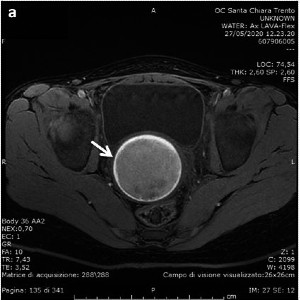Case Reports
Vol. 45 No. 1 (2023)
Two-balloon epistaxis catheter to ensure vaginal patency in a complex case of vaginoplasty for vaginal agenesis: a case report

Publisher's note
All claims expressed in this article are solely those of the authors and do not necessarily represent those of their affiliated organizations, or those of the publisher, the editors and the reviewers. Any product that may be evaluated in this article or claim that may be made by its manufacturer is not guaranteed or endorsed by the publisher.
All claims expressed in this article are solely those of the authors and do not necessarily represent those of their affiliated organizations, or those of the publisher, the editors and the reviewers. Any product that may be evaluated in this article or claim that may be made by its manufacturer is not guaranteed or endorsed by the publisher.
Received: 24 March 2023
Accepted: 5 September 2023
Accepted: 5 September 2023
1267
Views
412
Downloads
25
HTML







